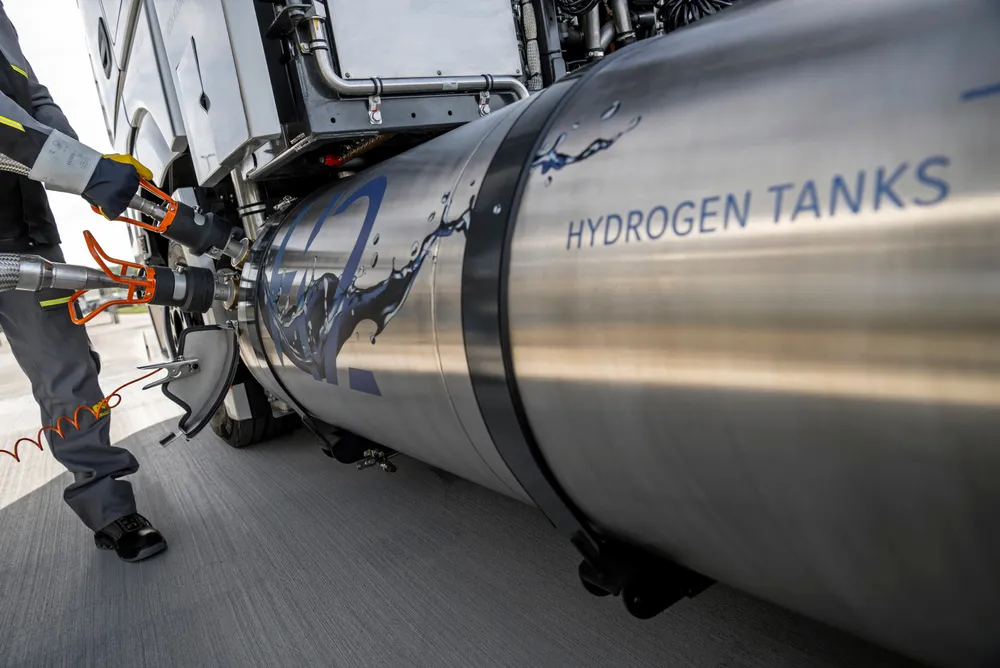Solving the liquid hydrogen boil-off problem | US awards $48m towards H2 research and development
Nearly $30m has gone towards improving liquid hydrogen storage and fuelling for vehicles

Nearly $30m has gone towards improving liquid hydrogen storage and fuelling for vehicles
